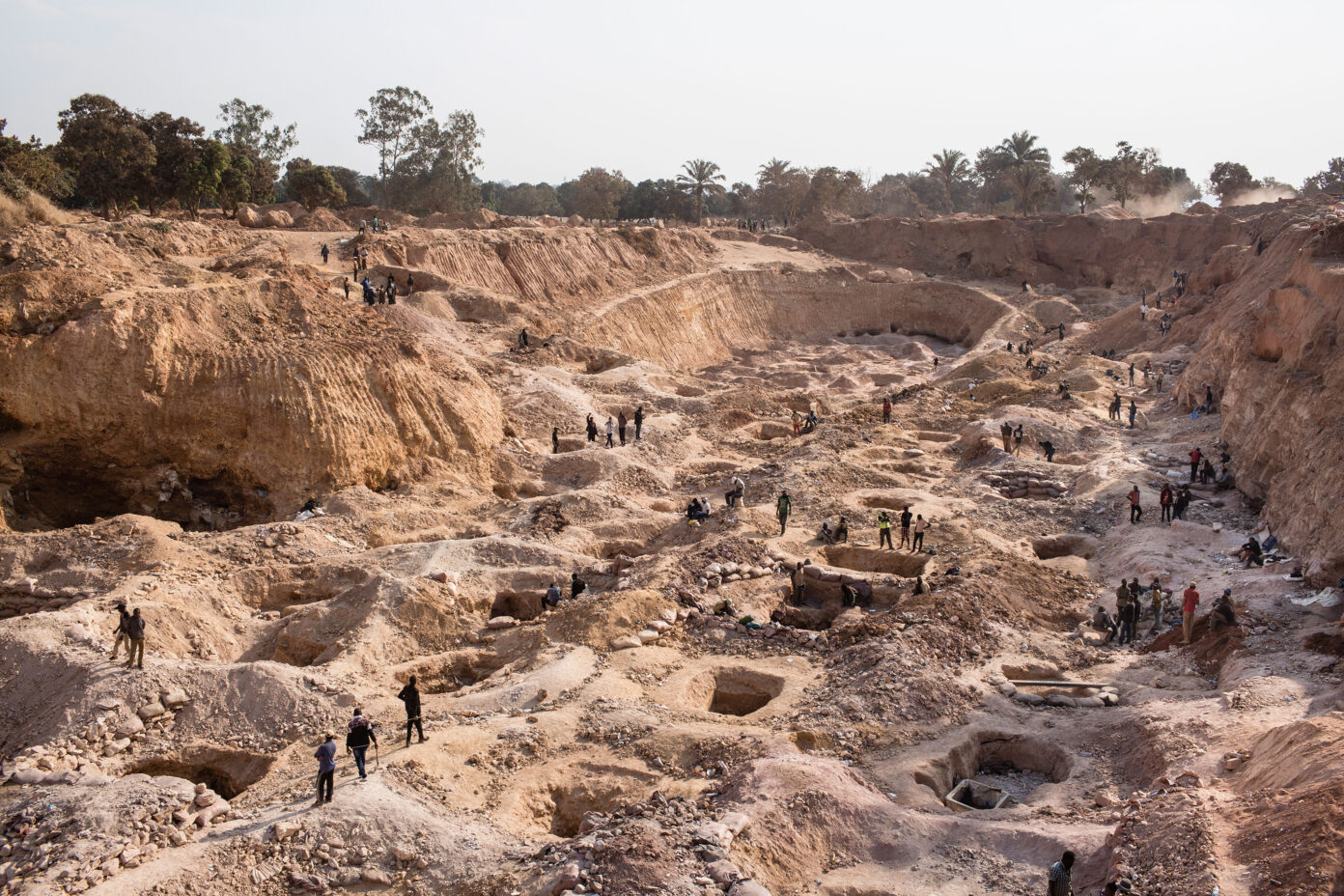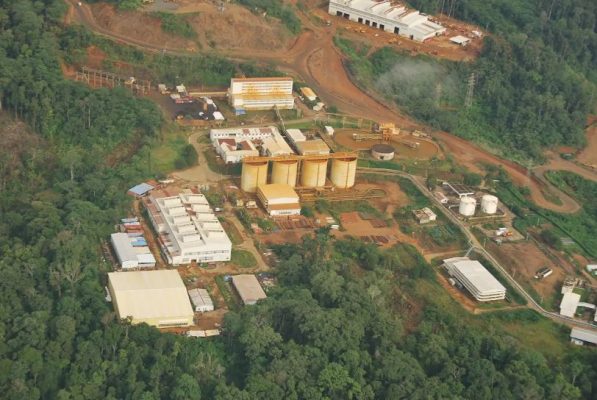

Rare earth metals and their role in the energy transition process However, controlling these reserves is not synonymous with their immediate commercialization, as the extraction and refining processes are no simple tasks. Similar reasons were likely at least partly behind the annexation of Crimea in 2014, when Russian military actions also notably targeted Ukrainian natural gas reserves off the coast of the peninsula (totaling up to 13 trillion cubic meters).įigure 1: Rare earth minerals reserves in UkraineĬonsequently, as CBC News senior defense writer Murray Brewster recently argued, the war’s ending “has the potential to secure either Ukraine or Russia’s economic future for the next century.” The Kremlin’s control over these critical mineral reserves would be a game-changer, allowing Russia to increase its influence over multiple facets of Western countries’ energy security spectrum. In this context, Russia’s incursions into the southern and eastern regions of Ukraine may not be motivated solely by military calculations, considering that most of Ukraine’s critical materials reserves are located there. Given Ukraine’s vast mineral resources, combined with Russia’s own ambitions to bolster its market influence over this space, some experts have questioned to what degree Russia’s current aggression against its southwestern neighbor may have been driven by a desire to lay claim to those Ukrainian reserves. In 2021, the European Union signed a strategic partnership on raw materials with Ukraine, which generated a surge in interest from private companies. Ukraine, in turn, is also among the most richly endowed European countries when it comes to rare earth metals and lithium reserves, with estimates of the value of these deposits ranging from $3 trillion-$11.5 trillion.

But the fruits of this initiative are yet to materialize. In 2020, the Kremlin pledged the equivalent of $1.5 billion of investments in rare earth metals, in an attempt to become the second-largest producer after China, by 2030. Although the country is a major global supplier of palladium, scandium, and titanium, as well as an important seller of nickel and cobalt, it was not perceived as one of the main players in global markets, dominated first and foremost by China. Is Russia’s aggression in Ukraine also about mineral resources?Įurope’s long-term strategy to phase out fossil fuel use has endangered Russia’s main source of state revenue, forcing the Kremlin to focus on acquiring, one way or another, a new, future-proof high-value export - critical minerals.ĭespite benefiting from the fourth-largest rare earth metals reserves in the world, Russia has always struggled to scale its output in this sector. But the cutoff of access to Ukrainian sources, combined with the nature of the partnership between Moscow and Beijing - with China being the largest supplier of the necessary critical minerals - may endanger the very notion of the West’s energy transition. Namely, the armed conflict on Europe’s doorstep has forced Western societies to rethink their dependence on energy imports from Russia and to ramp up the move to non-renewable sources of energy. The Ukrainian exit from this space has particular strategic relevance at this time. And while it may not have been a main factor in prompting the full-scale aggression launched on February 24, 2022, one consideration in the Kremlin was likely Ukraine’s large reserves of critical metals and their global strategic importance in the decades to come. Russia’s motivation for invading Ukraine surely encompasses a wide range of strategic, ideological, political, and economic reasons. Critical minerals, such as cobalt, titanium, palladium, and various rare earth metals - essential components for manufacturing these “green” technologies - have, thus, become seminal for advanced economies pursuing an energy transition away from fossil fuels. As environmental concerns have increased, national governments began more methodically steering toward low-emission technologies that could efficiently make use of their countries’ natural resource potential. For decades, a country’s relative energy security was defined almost exclusively by its stock of hydrocarbon reserves, its wind-, solar-, and hydropower generation potential, as well as the physical or commercial ties it maintained with foreign partners to ensure security of supply and to meet domestic energy demand.


 0 kommentar(er)
0 kommentar(er)
